Important 2025 Permit & Reservation Deadlines for Popular California Hiking Trails & Campsites
California is filled with some of the United States’ most breathtaking hiking trails and campsites, but many of these popular trails and campgrounds come with a lot of rules and regulations.
Hiking permits, backpacking permits, and campground reservations all have different processes and deadlines, but my goal here is to give you a glance at some of the permit regulations for some of the most popular California hikes and areas, so you don’t have to go searching each and every one of them down.
These kinds of rules and regulations change frequently, and I’ve updated this post to reflect the current rules for 2025. (But if you ever notice any info is wrong, please just hit me up in the comments below, and we will fix it!)
I like to update this guide at the beginning of every year, because it’s that time of year we starting thinking about our goals – trails we want to hike, 14ers we want to climb, and places we want to see. It's always a good idea to start thinking ahead about where you want to go early on because a lot of trails and campsites in California (particularly the more popular ones) require reservations and permits.
I know when I moved to California I felt lost about when to apply for permits and where to get the reservations. It seems like each park or forest has a different system. In this post, hopefully I can help demystify this permit and reservation process for you for popular hiking trails and campsites in California.
So let’s dive in!
Summary of Important CALIFORNIA Permitting Deadlines
Before we jump into the meat of the article, here’s a quick list of permit applications deadlines that are coming up. Just skip to the section you need for more details on how and when to apply + extra resources for planning your adventure.
Half Dome Permits - Permit application lottery runs from March 1 to March 31.
Mt Whitney Lottery - The application window for Mount Whitney permit lottery starts February 1 and ends March 1.
John Muir Trail Permits & Yosemite Wilderness Permits - 24 weeks in advance of your entry dates, so for the summer months (July through September) start looking to submit your applications for JMT permits around January 13th through March 23rd. The permit lottery is now on recreation.gov. Yosemite Wilderness permits (aka Yosemite backpacking permits) should also be applied for about 24 weeks in advance (similar to the JMT permits process).
Catalina Island Camping Reservations for the Trans-Catalina Trail - Campground reservations for January are available starting December 1 and campground reservations for the rest of the year (February through December) are available starting January 1 at 12:00am PT. Campsites must be booked ahead of time. Free permits are also required to hike the Trans-Catalina Trail.
Yosemite Camping Reservations & Tuolumne Campground Reservations - Yosemite Campground reservations are available year-round. If looking to go during the summer months (May through September), start looking to make reservations around January 15 through April 15th.
Joshua Tree Camping Reservations & Joshua Tree Backpacking Permits - Joshua Tree campground reservations can be made up to 6 months in advance. Since the prime time to visit is October through May, start looking to apply for reservations around April through November. Reservations are also required for backcountry camping and can be booked up to 6 months in advance.
Death Valley Camping Reservations - The Furnace Creek Campground reservations in Death Valley can be made up to 6 months in advance. Since the prime time to visit is October through April, start looking to apply for reservations around April through October.
Sequoia National Park Reservations - Sequoia National Park Campground reservations vary based on the campsite.
High Sierra Trail Permits - Applications for permits are available 6 months in advance and at a minimum must be reserved at least 1 week in advance of your trip.
Inyo National Forest Permits - Most trails can be reserved up to 6 months in advance. So for reservations in the summer months (July through October) you will be looking to make reservations starting in January to April. During the off-season, typically around November to April, you don’t need to make reservations, but you still do need to pick up a wilderness permit.
Coastal California Campgrounds - Many are only available at a first-come/first-serve basis, but campsites that have reservations are available year-round and are often available up to a year in advance.
Lost Coast Trail Permits - Permits are available on a 3-month rolling window reservation system. Each day at 7:00am PT, new permits will become available for 3 months in advance. For example, on 1/1/25, permits will open for 4/1/25; on 1/2/25, permits will open for 4/2/25 and so on.
Big Sur Backpacking Permit & Big Sur Camping Reservations - Backpacking permits are not required. Big Sur State Park campground reservations are available 6 months in advance on 8am each day on a rolling basis.
Desolation Wilderness Permits - During quota season (the Friday before Memorial Day through September 30th), permits can be reserved from up to 6 months in advance until one day in advance of the start of your backpacking trip.
And after you're all set with your hiking permits, don't forget to download my essential hiking gear checklist so that you hit the trails with everything you need!
GRAB MY [FREE] BACKPACKING STARTER KIT
I created the Ultimate Outdoor Backpacker Starter Kit for you (and it's FREE)! This starter kit is filled with 14 pages of my best hiking and backpacking tips to help you learn what it takes to become a safe, confident, and self-sufficient outdoor backpacker!
1. Half Dome Permits
About the Half Dome Hike:
Half Dome is one of Yosemites most popular hikes and also one of its most demanding and strenuous hikes. Half Dome rises to 8,842 feet high, and the trail is around 14 miles with 4,200 feet of total elevation gain. Many people choose to do this trail in one day (which takes most people 10-14 hours), but you can also opt to backpack this trail over 2-3 days.
There are two main trails that converge at the top of Nevada Falls that you can take on your way to the summit. Those two trails come together and continue on the main trail up toward Half Dome. You can take the Mist Trail, which is steeper but shorter in length and more scenic, or you can take the John Muir Trail which is 1.5 miles longer each way, but less steep. When I went on this hike we took Mist Trail on our way up and John Muir Trail on our way down because it was easier on our knees.
If you want to break up your mileage and opt to backpack the trail, consider staying at Little Yosemite Valley, which is only a mile past the top of Nevada Falls. This is a backpackers only campground and a great way to break up the hike.
If you want to hike to the top of Half Dome, you are required to have Half Dome hike permits. Without a permit, you can only hike to the base of the sub-dome. If you want to camp along the hike, Yosemite Wilderness permits are required for that as well. A maximum of 300 total hikers are allowed per day (225 hikers and 75 backpackers)
When to Go:
You can go to Yosemite, see a view of Half Dome, and hike a portion of the Mist Trail almost year-round (conditions dependent), but if you want to go to the summit of Half Dome the cables are only open from the Friday before Memorial Day (Late May, conditions permitting) and come down after Columbus Day (early October)
When to Apply for Half Dome Permits:
Pre-season lottery applications begin March 1 and run until March 31. You will be notified about the status of your application by mid-April.
During the hiking season, roughly 50 permits (depending on known cancellations) per day are available in a daily lottery system. You must apply for these 2 days (from midnight to 1PM) before the day you want to hike. You will be notified later that night whether or not you got permits.
How to Apply:
Half Dome Permits for Day Hiking: Permits for the Half Dome hike are distributed through a lottery system.
You can apply for up to 6 people on the permit and for up to 7 different dates
You may only apply once during the lottery season as "trip leader", however other people in your group can also apply as "trip leaders" for up to 7 different dates
You can apply through Recreation.gov or by calling 877-444-6777 (7AM-9PM Pacific Time)
Backpacking Permits for Little Yosemite Valley: You will need a Yosemite Wilderness permit (but not a campground reservation) in order to camp at Little Yosemite Valley if you opt to backpack the route up to Half Dome. The good news is, that if you decide to go this route, you can get the Half Dome permit at the same time that you are reserving Yosemite Wilderness permits.
See the John Muir trail section below for more details on Yosemite Wilderness permit applications.
How Much Does it Cost:
Expect to pay 2 separate fees. First is a non-refundable application fee (per application not per person) of $10. If you are lucky enough to receive a permit, you will then be charged an additional $10 per person. The permit fee per person is refundable should you choose to cancel your reservation.
Confirmed Yosemite wilderness permits for the backpacking option are $10 plus $5 per person.
Other Useful Notes:
The trip leader must be present in order to use the permits on the day of the hike. Permits are not transferrable.
Bring some gloves with you for the cables on this hike! I'm always surprised by the number of people who don't, but it will help you feel much more safe going up and down the cables. Also, wear shoes that have good traction, this will just help you feel even more confident on the granite rock up to Half Dome summit.
Bring plenty of water and consider bringing a water filter to re-fill if you are doing this hike in one day.
Keep an eye out for the weather on this hike! It is not safe to hike the cable portion of the hike if it is raining or has rained recently. It makes the route very slippery and is not worth the risk.
Read More!
Looking for more information about hiking Half Dome? Check out these resources on our site:
Read my full guide on the Yosemite Half Dome Permit process here
A fully detailed guide on the Half Dome Hike
In this article on 29 Lessons I’ve Learned from Life and the Mountains since Turning 29 I talk about Half Dome in Lesson #1
If you don’t want to fuss with Half Dome Permits Consider hiking the Clouds Rest Trail instead.
2. Mt Whitney Permits
About the Mount Whitney Hike:
Another extremely popular hike in California is the Mount Whitney Trail hike, and it is very competitive to get a Mount Whitney hike permit. Mount Whitney is the tallest peak in the contiguous United States, and thus makes it (literally) to the top of almost everyone’s list.
The Mount Whitney trail is a very challenging hike. It is 22 miles in length with about 6,100 feet of total elevation gain. Unless you are in great physical shape, I'd opt to backpack this trail for a more enjoyable experience. Also, backpacking will help you acclimate to the higher altitude better.
Whether you opt to day hike this or backpack the trail, Mount Whitney permits are required. If you choose to backpack this trail you can camp at Trail Camp, Outpost Camp, Consultation Lake, or Lone Pine Lake.
When to Go:
Most people do this hike in the summer. Lottery applications can be made for May 1 through November 1, but keep in mind that depending on the snow year, the trail may not be clear of snow until July. It is usually best to aim to do this hike July through early October for the highest chances of a clear trail. Personally, I'd opt for September, because that will be the best temperatures (although nowadays, keep in mind that could also be wildfire season).
When to Apply for Mt Whitney Permits:
The Mount Whitney lottery starts February 1 and ends March 1st. Lottery application results will be made available March 15th.
Any unclaimed permits become available on April 22. This permit mini-sale opens up at 7AM Pacific Time on recreation.gov (no phone sales).
During the hiking season you can also check up to the day of a date you want to hike to see if there are any available permits from cancellations. Last-minute permit reservations must be made online – no actual walk-up permits are available.
How to Apply for Whitney Permits:
You can apply for up to 15 people on the permit and for up to 10 different dates during the lottery
Your group may only submit 1 application for the same dates
You can apply for both day and overnight permits through recreation.gov
For more information, read here.
How Much Does it Cost:
Transaction fee for applying to the lottery costs $6 per application.
If you are lucky enough to receive a permit, you will then need to pay an additional $15 per person by April 21. If you do not pay by this date, your permit will be cancelled.
Other Useful Notes:
Everyone hiking or backpacking the Mount Whitney Trail is required to use a WAG bag for human waste. These are provided to you when you pick up your permits.
If you are backpacking this trail, you are required to take a bear canister.
The trip leader must be present in order to use the permits on the day of the hike. Permits are not transferrable.
Read more!
Looking for more information about hiking Mount Whitney? Check out these resources on our site:
3. John Muir Trail Permits & Yosemite Wilderness Permits
About the John Muir Trail Hike:
John Muir Trail permits are so popular that according to the National Park Service, 97% of JMT permit applications get denied. Even if you are only planning to hike a portion of this trail, you still have to compete with everyone that is on the John Muir Trail.
The John Muir Trail is 211 miles long running from Yosemite Valley to Whitney Portal.
If you are hiking the John Muir Trail, you are required to carry a wilderness permit.
The process described below also applies for Yosemite Permits in general, if you want to get Yosemite backcountry permits for other trails besides the John Muir Trail.
When to Go:
In order to avoid potential snow conditions in the Sierra, the best time to attempt the John Muir Trail is July through September. But during the past couple years, wildfire smoke has caused extensive closures along the John Muir Trail in September, so that is something to keep in mind.
When to Apply:
For those hiking southbound, Yosemite Wilderness Permits can be obtained up to 24 weeks (168 days) in advance. Check out this useful table from the National Park Service to figure out when to apply for your permits.
How to Apply:
If you are hiking the JMT starting from Yosemite (southbound, or SOBO), you need a Yosemite Wilderness Permit Reservation. The official trailhead is the Happy Isle Trailhead in Yosemite Valley.
You can apply for wilderness permits via recreation.gov.
Applying Online: Now that wilderness permits have moved to recreation.gov, the process slightly different. There is a weekly lottery 24 weeks in advance of permit dates, and you can apply for a permit once during each weekly lottery. The deadline for applying each week is Saturday, and the lottery results will be available the following Monday. If you receive a permit, you must confirm your reservation by Thursday, and any remaining reservations for each lottery window will be released on Friday at 9:00 a.m.
More details about wilderness permits can be found on nps.gov
You can also start at Whitney Portal (northbound, or NOBO) (although it is more difficult to get permits) by using the Whitney Portal Lottery System described in the Mount Whitney Section above.
Check out our Stress Free Guide to Getting John Muir Trail Permits for a much more in-depth description of the process.
How Much Does it Cost:
There is a $10 fee to enter the lottery for Yosemite Wilderness Permits, plus $5 per person if your permit is confirmed. None of the fees are refundable.
Other Useful Notes:
Hiking the John Muir Trail is quite involved, so I definitely recommend doing more research about the trail and permitting reservation system if this is high on your hiking list goals. Check out my Ultimate John Muir Trail Planning Guide for lots more info!
READ MORE!
Looking for more hikes in along the John Muir Trail? Check out these resources on our site:
JMT Section Hike: Backpacking Onion Valley to Whitney Portal (43 Miles)
JMT Section Hike: Backpacking Lyell Canyon (Tuolumne) to Devils Postpile (38 Miles)
25 Outdoor Bloggers Reveal Their Most Epic Outdoor Adventure Travels from 2018
27 Inspirational Mountain Quotes, several by John Muir himself
4. Catalina Island Camping Reservations for the Trans-Catalina Trail
About the Hike:
The Trans Catalina Trail hike is located on Catalina Island off the coast of southern California. Also known as the TCT, it’s a 37 mile hike that crosses the entire island. Catalina hiking permits are free for this hike, but the tricky part of reservations for this hike is making sure you book Catalina camping reservations in advance.
When to Go:
This trail can pretty much be hiked year round due to the favorable weather on the California coast, although it is more popular to hike in spring, summer, and fall.
When to Apply:
As mentioned above, you primarily need to worry about booking campsites in advance. It will ultimately depend on how many days you are splitting your trip up into, but the main campsites are Hermit Gulch Campsite, Black Jack Campground, Little Harbor, Two Harbors, and Parson’s Landing. Reservations for Catalina Island campgrounds for January 2025 open on December 1, 2024, and reservations for Catalina Island campgrounds for the rest of the year (February through December) open on January 1, 2025 at 12:00 am PST.
How to Apply:
Camping permits can be booked online at Catalina Island Company or by phone at 310-510-4205.
Hermit Gulch Campground - The only campground near Avalon, otherwise you can stay at a hotel in Avalon.
Black Jack Campground - This is a primitive campsite.
Little Harbor Campground - This is a beautiful campground located on a more secluded side of the Two Harbors area.
Two Harbors Campground - This campground offers tent and cabin camping and is located closer to the town of Two Harbors.
Parson’s Landing Campground - This is a primitive campsite.
How Much Does it Cost:
Campground rates vary based on time of the year and range from around $35-$45 a night for a tent campsite.
Read more!
Looking for more info on Catalina Island? Check out these resources on our site:
5. Yosemite Camping Reservations & Tuolumne Campground Reservations
Getting Yosemite National Park camping reservations for campsites in Yosemite or Tuolumne can be next to impossible if you are planning last minute. It's best to plan ahead of time if you want to snag a coveted campsite. There are 13 total campgrounds at Yosemite and 10 of these require reservations year round.
Note: Tuolumne Meadows Campground will be closed until the 2025 season for a major rehabilitation project.
When to Apply:
You can apply for reservations at Upper Pines, Lower Pines, North Pines, Wawona, and Hodgdon Meadow campgrounds up to five months in advance. Camping permits for these campgrounds become available on the 15th of each month at 7 am Pacific time. These reservations can be super competitive, particularly for the summer months and sites can be fully booked within minutes of 7 am, so it’s important to plan ahead and be prepared for the application process.
January 15th at 7 am Pacific Time opens up reservations for May 15 through June 14
February 15th at 7 am Pacific Time opens up reservations for June 15 through July 14
March 15th at 7 am Pacific Time opens up reservations for July 15 through August 14
April 15th at 7 am Pacific Time opens up reservations for August 15 through September 14th
And so on...
Reservations for Bridalveil Creek, Crane Flat, Tamarack Flat, White Wolf, Yosemite Creek, and Porcupine Flat campgrounds are released two weeks in advance on a rolling daily window.
Reservations for Camp 4 are released one week in advance on a rolling daily window. Reservations are required for Camp 4 from April 13 through October 27, 2025.
There is a table on the National Parks Service site that shows what dates to apply on for the reservation dates that you want.
How to Apply:
The quickest way to make a reservation is online at Recreation.gov
How Much Does it Cost:
Rates vary by campground and type of site, but can be found on Recreation.gov
READ MORE!
Looking for more resources on Yosemite? Check out these resources on our site:
Backpacking in Tuolumne: Backpacking Lyell Canyon (Tuolumne) to Devils Postpile (38 Miles)
6. Joshua Tree Camping Reservations & Joshua Tree Backpacking Permits
The most popular time to go to Joshua Tree is actually in the spring, fall and winter, since the summer is so hot. There are 5 campgrounds that can be reserved year-round, but sections of some of them close during summer.
When to Apply:
Joshua Tree campground reservations can be made up to 6 months in advance. Since the prime time to visit is October through May, start looking to apply for reservations around April (for October reservations) through November (for May reservations).
How to Apply:
There are 5 reservable campgrounds:
Cottonwood Campground
Jumbo Rocks Campground
Indian Cove Campground
Black Rock Campground
Ryan Campground
Reservations can be made by calling 1-877-444-6777 or online at Recreation.gov.
Three additional campgrounds – Hidden Valley, White Tank, and Belle Campgrounds – are available on a first-come, first-served basis. (Hidden Valley is the only first-come/first-served campground open year-round.)
These campsites are extremely popular and hard to get during peak season. Our Content Manager Kate learned this firsthand in the spring when she drove around all the full campgrounds on a Friday night and had to give up and come back on a Saturday morning to snag the very last first-come/first-serve site available in the park.
How Much Does it Cost:
Sites at each of the reservable campgrounds cost around $30-$35 per night, while the first-come/first-serve campsites are $25 per night.
Joshua Tree Backpacking Permits:
You can also go backcountry camping in Joshua Tree. Here’s what you need to know:
A permit is also required for all overnight stays in the backcountry of Joshua Tree. The permit costs $6 and is valid for a group of 1-12 people to camp for up to 14 nights. Permits can be reserved up to 6 months in advance on recreation.gov, by calling 1-877-444-6777, or by visiting a permit office in the park.
You will choose to camp in one of 15 designated zones when you reserve a permit. Most zones have no limit to the number of permits available. If you do not have a permit for a zone, you can backpack through it, but are not allowed to camp in it.
The Boy Scout zone is high-use, and in that zone, you must camp in one of 14 designated campsites. In all other zones, backcountry camping is permitted as long as you are at least 1 mile from any backcountry trailhead, at least a half mile from roads, and at least 200 feet from any trail.
You can park overnight at the backcountry trailhead you indicated as an entry or exit point on your permit. If you park in day-use parking or along the side of the road, your vehicle will be subject to fines and/or towing.
Read More!
Looking for more resources on Joshua Tree? Check out these resources on our site:
7. Death Valley Camping Reservations
There is only one campground at Death Valley that can be reserved in advanced, the Furnace Creek Campground. Reservations can only be made for this campground for dates Oct 15 - April 15. All other campgrounds in Death Valley are a first-come/first-serve basis. It's best to check the Death Valley National Park website for details on campground closures and details before planning your trip.
When to Apply:
Reservations can be made up to 6 months in advance. Since the prime time to visit is October through April, start looking to apply for reservations around April (for October reservations) through October (for April reservations)
How to Apply:
Reservations can be made by calling 1-877-444-6777 or online at recreation.gov.
How Much Does it Cost:
There is a $10 non-refundable reservation fee, and a tent site costs $30 per night if reserved in advance.
Read more!
Looking for more resources on Death Valley? Check out these resources on our site:
Hiking Telescope Peak - Death Valley’s Tallest Peak
7 of the Best Hikes Southern California to Help Train for the Big Mountains - Mentions Death Valley Hike
Looking for more sand dune fun? Check out our guide on White Sands National Monument in New Mexico
8. Sequoia National Park Reservations
There are 14 total campgrounds at Sequoia and Kings Canyon National Park, and almost all the campgrounds now require reservations. Most of the campgrounds are seasonal, but two – Azalea and Potwisha – are open year-round.
When to Apply:
Reservations can be made up to 6 months in advance.
How to Apply:
These details vary, and it is best to refer to Recreation.gov, which is also where you can make campsite reservations.
How Much Does it Cost:
Standard campsites are $32/night.
9. High Sierra Trail Permits
About the High Sierra Trail:
The High Sierra Trail is another iconic hike that Starts in Sequoia National Park and connects to end at Mount Whitney.
The High Sierra Trail is a strenuous backpacking trail. It is roughly 61 miles in length (to the summit of Mount Whitney where it “technically” ends), but around 72 miles when you hike down to Whitney Portal.
When to Go:
It is probably best to aim to do this hike July through early October for best chances of a clear trail. Personally, I'd opt for September, because that will be the best temperatures.
When to Apply for High Sierra Trail Permits:
From May 24 through September 28, there is a daily quota limiting the number of people entering the High Sierra Trail. These quota limits are based off of your entry point trailhead. So be sure to provide alternative trailhead/entries to increase your chances of getting a permit.
Applications for permits can be made up to 6 months in advance of your trip.
Limited walk-up permits will be available day-of on a first-come, first-served basis at the Cedar Grove, Grant Grove, Lodgepole, the Foothills, and Mineral King permit issuing stations.
How to Apply:
High Sierra Trail permits are only available through recreation.gov.
How Much Does it Cost:
During quota season, a High Sierra Trail permit will cost $15 (non-refundable) plus $5 per person.
If you want to make changes to your entry date or trailhead, then you must do so at least one week before your entry and it is subject to availability.
Other Useful Information:
If you would like to start your trip at Mount Whitney, then you will need to follow the process described in the Inyo National Forest Section below. Keep in mind this will be much more competitive to get a permit because of all the people trying to get Mt. Whitney permits.
10. Inyo National Forest Permits
Inyo National Forest Wilderness Permits are probably the most common permits that I apply for. Wilderness permits are required year-round in the Inyo National Forest. Many hikes in the Sierra Nevada require Inyo National Forest Wilderness Permits, including the following:
Overnight trips in the Ansel Adams, John Muir, Hoover, or Golden Trout Wilderness. Many California Fourteeners require Inyo National Forest Permits if you’ll be staying overnight.
Overnight trips that start in Inyo National Forest and that will travel into Yosemite, Sequoia or Kings Canyon Wilderness.
Day use and overnight trips into the Mt Whitney Zone.
When to Go:
The best time to go hiking in the Sierra Nevada and Inyo National Forest wilderness areas is during the summer months, usually early July to early October (conditions dependent, of course).
When to Apply:
Most trails can be reserved up to 6 months in advance. So for reservations in the summer months (July through October) you will be looking to make reservations starting in January to April.
How to Apply:
Different trails have different trail quotas, so it is best to check online to see how competitive the trails will be for getting Inyo permits.
May 1 - November 1: Quota season when number of people per day is limited
June 30 - September 15: Special quota season on Cottonwood Pass
November 2 - April 30: Permit issued at visitor center for non-quota season (no reservations)
Reservations can be made at recreation.gov
How Much Does it Cost:
Reservation fee (non-refundable) costs $6 per application
Plus an additional $5 per person recreation fee unless you are entering the Mt. Whitney Zone (Mt. Whitney, North Fork of Lone Pine Creek, and Trail Crest Exit) which is $15 per person
You can cancel your reservation for areas other than the Whitney Zone up to 12 days in advance for a full refund of your “recreation fee” (not reservation fee). There are no refunds for Mt. Whitney Day Use or Mt Whitney Trail Overnight permits.
Reservations can’t be sold or transferred.
Other Useful Information:
Group leader must have the signed permit with them at all times
Everyone in the group must start the hike at the same time as determined by the permit
Group size can’t exceed what is stated on your permit application
There is a max size of 15 people allowed per group
The permit expires after your assigned exit date
Reserved permits can be picked up one or two days before the entry date, or on the entry date.
If you don’t pick up your permit by 10am of entry date, your permit is forfeited (unless you call ahead and arrange for late pickup)
If your trip ends at Whitney Portal, your must specify in the permit the exit date and location with “Mt Whitney (Trail Crest Exit)”
Read More!
Looking for more hikes in the Inyo National Forest Wilderness? Check out these resources on our site:
11. Coastal California Campgrounds
It’s hard to mention permit deadlines and reservations without at least touching on all the great campsite options there are in California. Although it's not a one-size-fits-all system, hopefully, this can guide you in the right direction on your planning.
When and How to Apply:
To start, many campgrounds in California are on a first-come-first-serve basis and are in high demand year-round. If you want to go to one of those campgrounds, you will have better luck of grabbing a site on a weekday.
Campgrounds that are available for reservations can typically be made through Reserveamerica.com. These reservations are often available year-round and up to a year in advance.
Popular Coastal Campsite Recommendations:
San Elijo State Beach - On the edge of a bluff by the sea and close to the town of Cardiff. Reservations can be made 6 months in advance of desired date.
The Moro Campground at Crystal Cove State Beach - Features a drive-in campground and a primitive hike-in campground.
Refugio State Beach - Beautiful beach close to Santa Barbara. Reservations can be made 6 months in advance of desired date.
Kirk Creek Campground - For enjoying the Big Sur area!
Carpinteria State Beach - Close to great surfing and the cute town of Carpinteria. Reservations can be made 6 months in advance of desired date.
Sue-meg State Park - A bit off the coast near the Redwoods. Reservations can be made 6 months in advance of desired date
Read More!
Looking for more coastal goodness? Check out these resources on our site:
12. Lost Coast Trail Permits
About the Lost Coast Trail:
Due to the increasing popularity of this trail, Lost Coast Trail permits are now required. These are are also known as King Range Wilderness Permits.
The Lost Coast Trail lies along California’s beautiful rugged coastline and follows some of its most isolated and breathtaking beaches. This coastline is so rugged, in fact, that they were unable to continue the well-known Highway 1 road along this stretch of California and instead had to continue the highway inland.
The Lost Coast Trail is roughly 25 miles long if hiked point to point, but you’ll need to make sure to arrange transportation in advance back to your starting trailhead.
When to Go:
The beauty of the Lost Coast Trail hike is that it can be practically hiked year-round thanks to the fabulous nature of California coastal weather.
You will have to plan your hiking schedule in order to avoid high tide where parts of the trail will be completely impossible to cross at certain times of the day. Definitely grab a tide table before your hike, and make sure it is the current tide table as the high tide times change throughout the year. It is extremely dangerous to be caught on certain parts of the trail during high tide, so planning your hike to avoid this is crucial.
When to Apply for Lost Coast Backpacking Permits:
Permits are required for overnight camping on this trail (day-hiking requires no permit).
Permits are available on a 3-month rolling window reservation system. Each day at 7:00am PT, new permits will become available for 3 months in advance. For example, on 1/1/25, permits will open for 4/1/25; on 1/2/25, permits will open for 4/2/25 and so on.
How to Apply:
You can apply for your Lost Coast permits at recreation.gov. The permits are first-come, first-serve, and so you should reserve in advance. There will be one walk-up permit for two people available each day at the King Range Visitor Center (first-come/first-served).
There are daily quotas for entering the trail, and the quotas are as follows:
May 15 - September 15: 60 people allowed to enter the trail per day
September 16 - May 14: 30 people allowed to enter the trail per day
How Much Does it Cost:
There is currently no recreation fee for hiking the Lost Coast Trail and getting a King Range Wilderness Permit. However, there is a non-refundable reservation fee of $6 per person.
Other Useful Information:
The maximum group size is 3 people, so if you have more than that, you will need multiple permits.
Permits are non-transferrable.
Read More!
Looking for more info about the logistics of the Lost Coast Trail? Check out our detailed guide to backpacking the Lost Coast Trail here:
13. Big Sur Backpacking Permit & Big Sur Camping Reservations
About Big Sur:
The Big Sur backpacking area encompasses the Ventana Wilderness and Silver Peak Wilderness, and backcountry permits are not required in these areas.
However, if you want to cook on a gas backpacking stove (JetBoil, MSR Reactor, etc) during your trip, you must obtain a free California Campfire permit.
You will also need a campsite reservation if you want to camp at either Pfeiffer Big Sur State Park or Julia Pfeiffer Burns State Park.
When to Go:
Because of its coastal location, the best time to go backpacking in Big Sur is in fall, winter, or spring when you will have moderate temps.
Summer can be extremely hot and dry in Big Sur (which can also make it difficult to find water sources along the trail.).
When to Apply for Big Sur camping permits:
California Campfire permits are available any time online. You can also pick one up at US Forest Service or BLM offices.
Campsite reservations at the Big Sur state parks are made available 6 months in advance at 8am each day on a rolling basis. These campgrounds are extremely popular, and reservations fill up quickly, so the sooner you book, the better chance you’ll have of securing a site.
How to Apply:
Apply for a California Campfire permit at readyforwildfire.org. You will need to fill out your basic contact information, then watch a short fire safety video and answer some questions. You will then receive a PDF permit that you need to print and bring with you on your Big Sur backpacking trip.
To make campground reservations, go to ReserveCalifornia.com. You will need to create an account, then you can search and book available sites up to 6 months in advance.
How Much Does it Cost:
The California Campfire permit is free.
A campground reservation is $50/night for a standard campsite in Pfeiffer Big Sur State Park, or $60/night for a premium riverfront site. Hike-in sites at Julia Pfeiffer Burns State Park are $30/night.
Other Useful Information:
All of the campsites at Pfeiffer Big Sur State Park are available by reservation. The only way to get a walk-up campsite is if someone cancels day-of. You can check in at the entrance kiosk each day at 3pm to see if any sites are available, but the odds are low, so it is highly recommended that you make a reservation.
14. Desolation Wilderness
About Desolation Wilderness:
Despite the name, Desolation Wilderness is an extremely popular backcountry area west of Lake Tahoe.
Desolation Wilderness covers nearly 64,000 acres of incredible landscape including Pyramid Peak, Mount Tallac, and Lake Aloha. Thirteen different trailheads lead into the area.
Permits are required to enter Desolation Wilderness, whether you are backpacking overnight or just day hiking. Overnight permits require reservations year-round and are subject to quotas during peak season, from the Friday before Memorial Day through September 30th each year.
Free day use permits are also required for entering Desolation Wilderness. These are available from US Forest Service offices or at local trailheads.
When to Go:
Many of the trailhead gates are closed in winter, so the best time to go to access the entire Desolation Wilderness area is from Memorial Day through September. Of course, this is also by far the most popular time to visit and when the quota system is in place.
Be aware that snow may persist in some areas of Desolation Wilderness as late as July.
When to Apply for Desolation Wilderness Permits:
For the quota season (the Friday before Memorial Day through September 30th), permits can be reserved from up to 6 months in advance until one day in advance of the start of your backpacking trip.
Outside of quota season, you can book your permit on the same day you enter the Desolation Wilderness.
How to Apply:
You can apply for Desolation Wilderness permits through recreation.gov.
You will need to choose a specific Destination Zone for your permit. During quota season, this helps distribute visitors throughout the area.
How Much Does it Cost:
Desolation Wilderness permits are $5/person for one night, or $10/person for 2-14 nights. There is an additional $6 non-refundable reservation fee per party/permit.
Day use permits are free.
Other Useful Information:
Your Desolation Wilderness permit is given for the zone where you spend your first night. After the first night, you are free to move and camp in other parts of Desolation Wilderness. You just need to leave the wilderness by the exit date on your permit.
Bear canisters are now required for backpacking in Desolation Wilderrness.
Before you leave, be sure to Grab Our Free Backpacking Packing Checklist!
Hope this article was helpful to keep track of all the permitting dates in California. Don't forget to mark your calendars for these important reservation deadlines!
Looking for more resources?
If you’re looking for more outdoor resources, check out some of my guides below!
7 Tips to Hiking and Summiting Your First Fourteener Mountain
10 Awesome Hiking Groups and Hiking Challenges to Encourage You on Your Hiking Adventures
Cheers,
Allison - She Dreams of Alpine
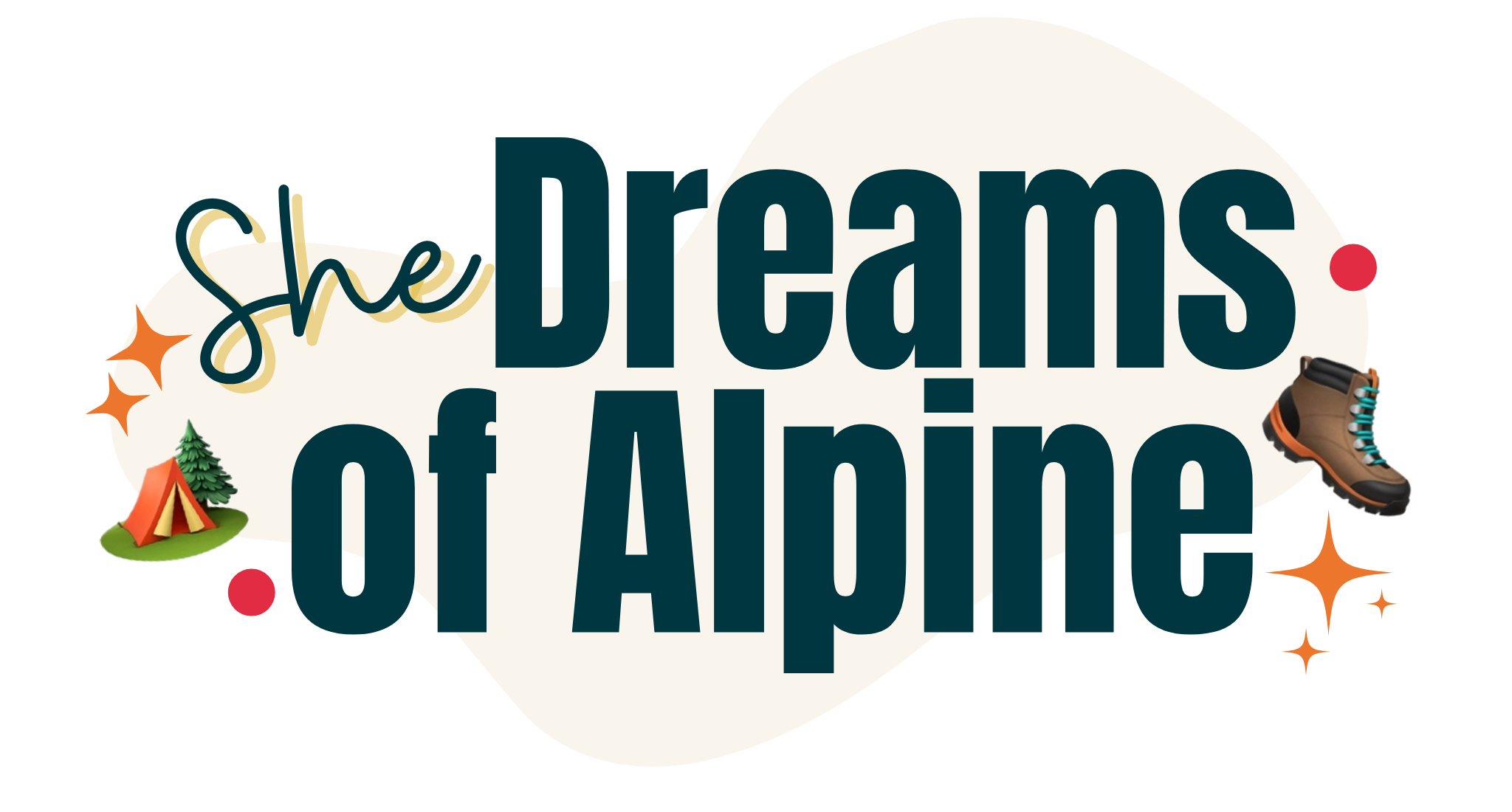

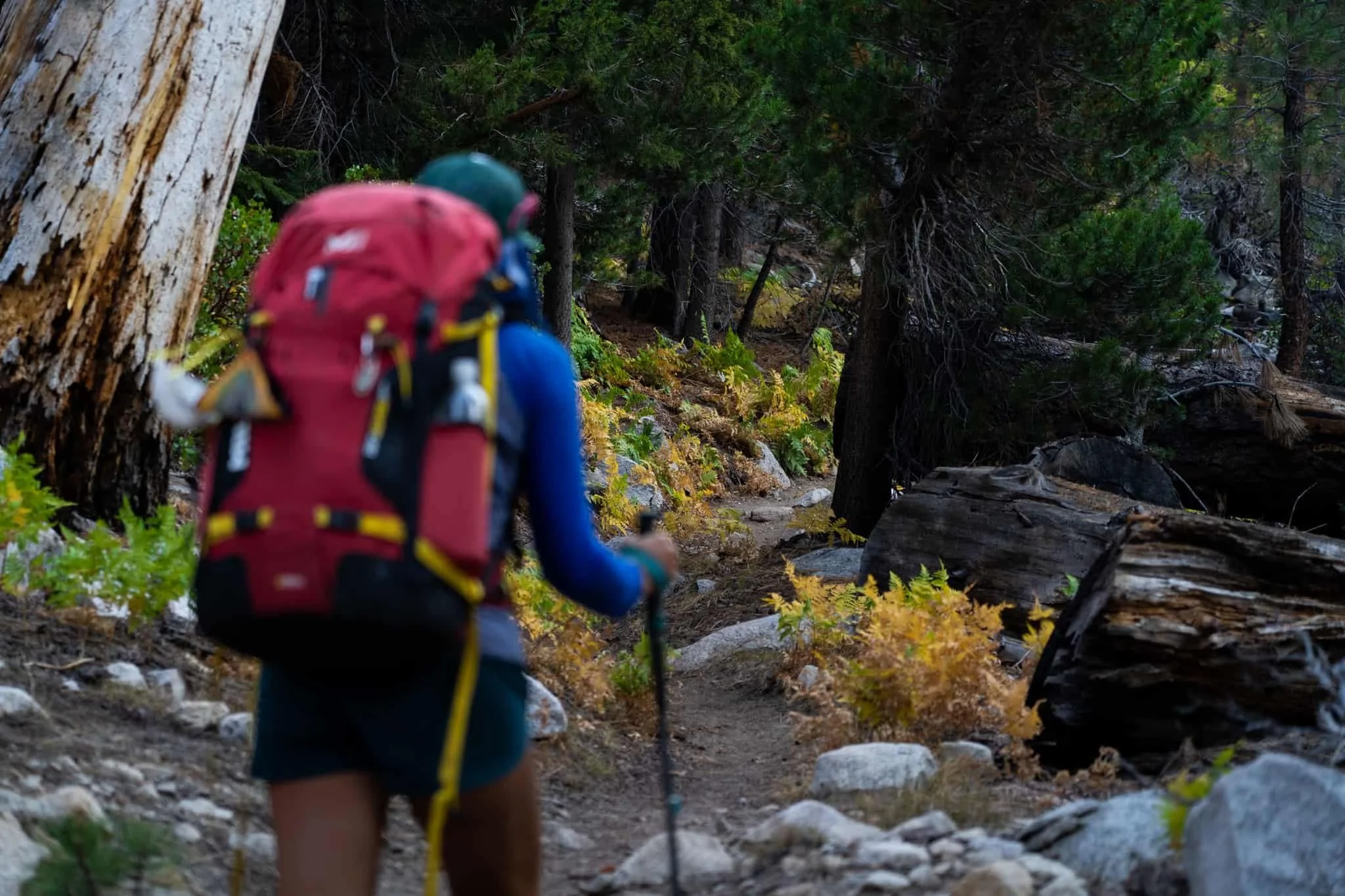
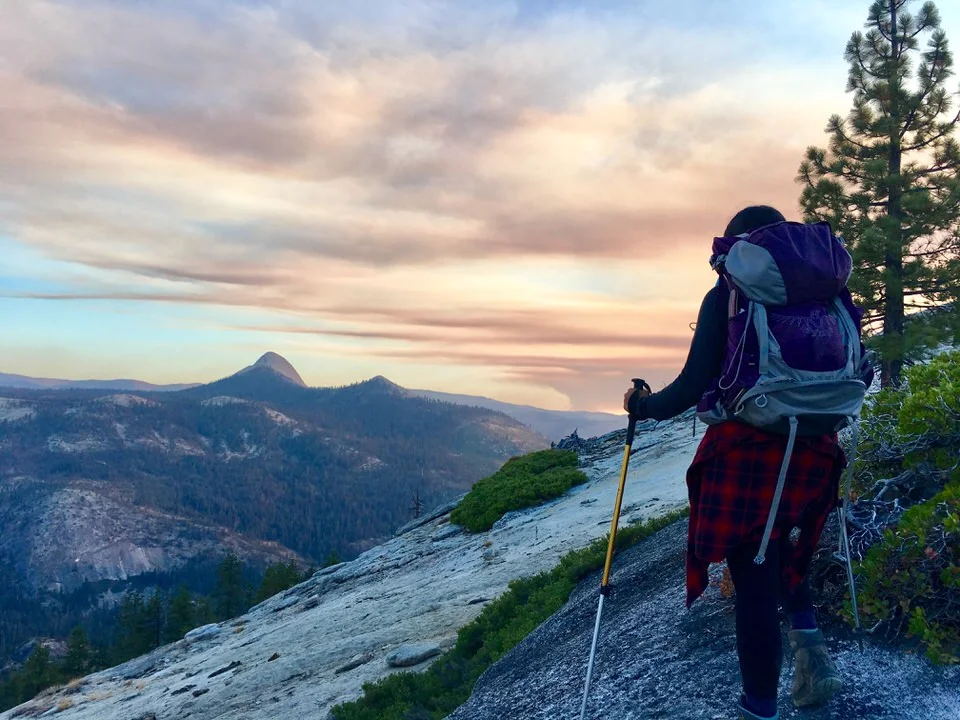
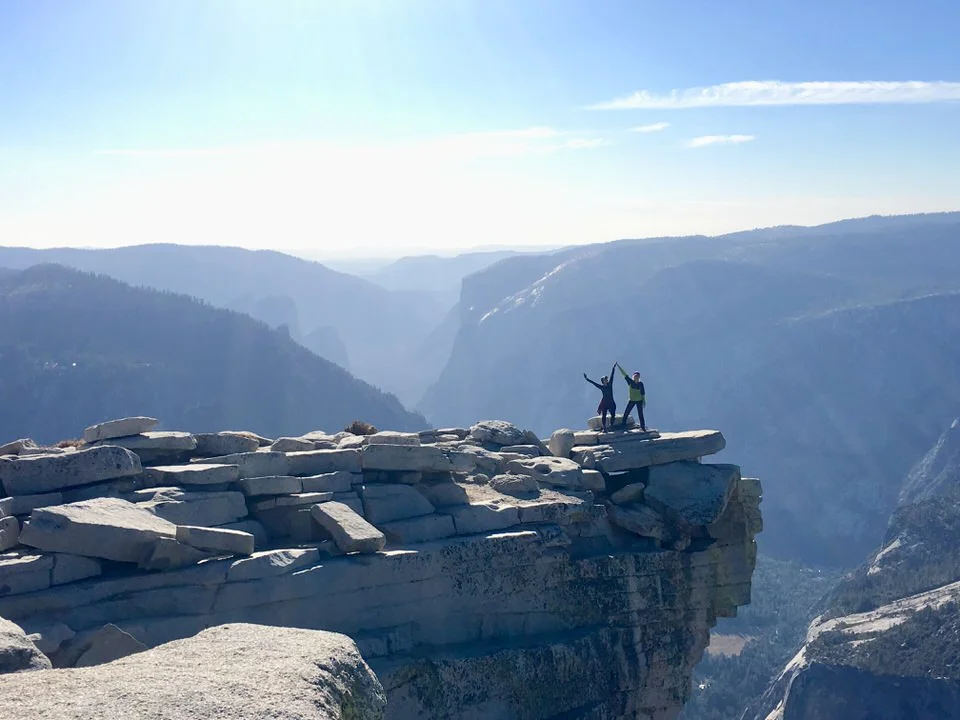
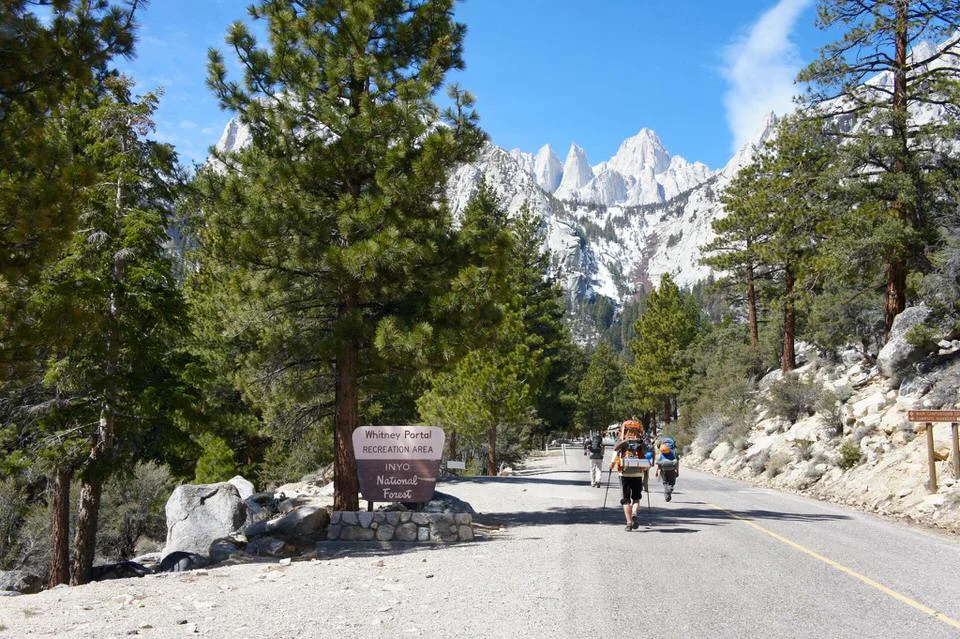



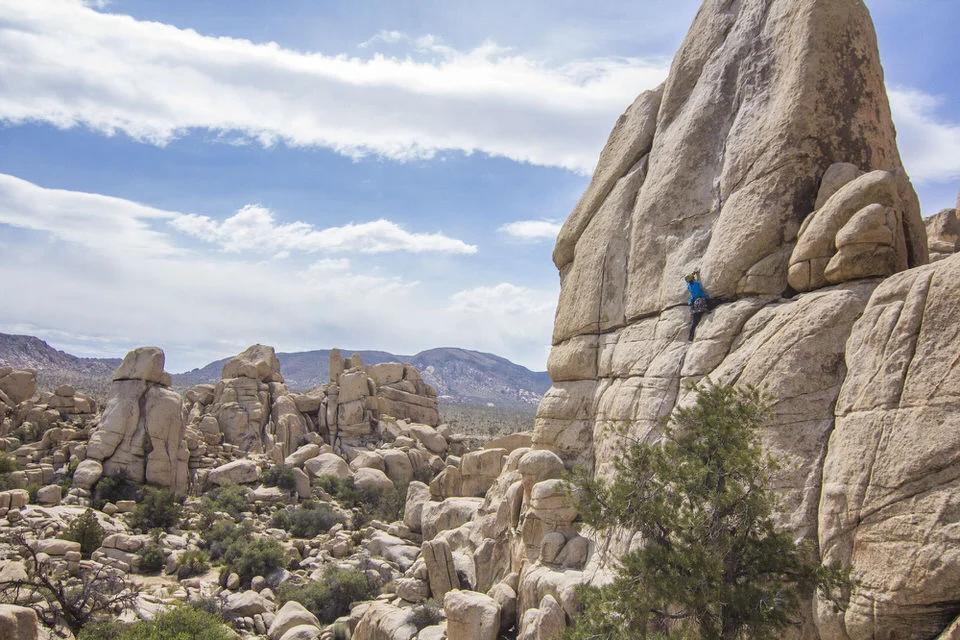
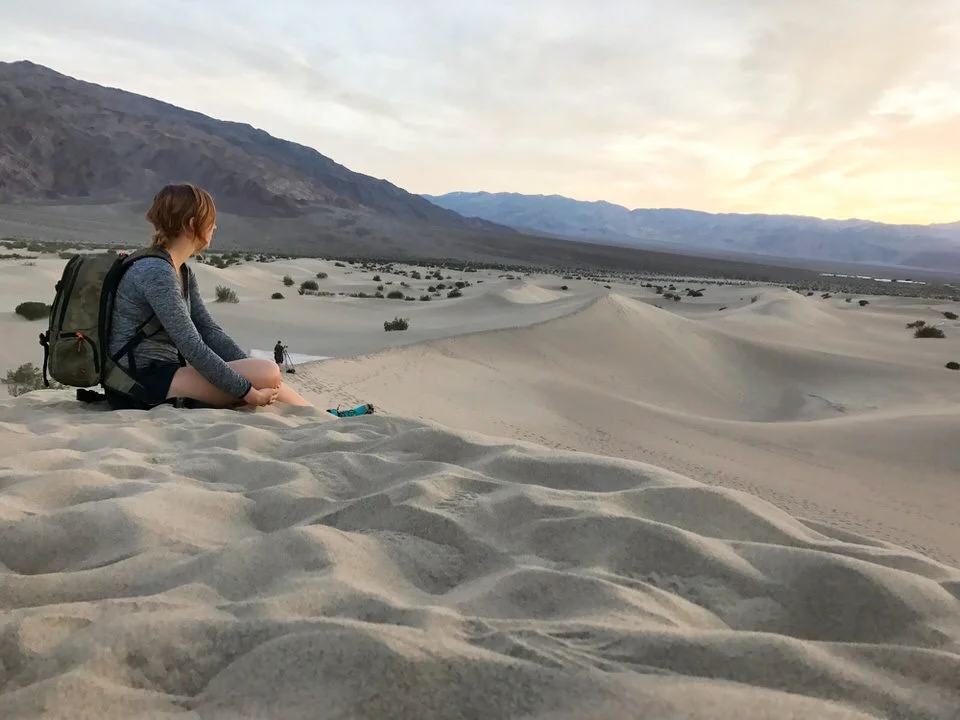
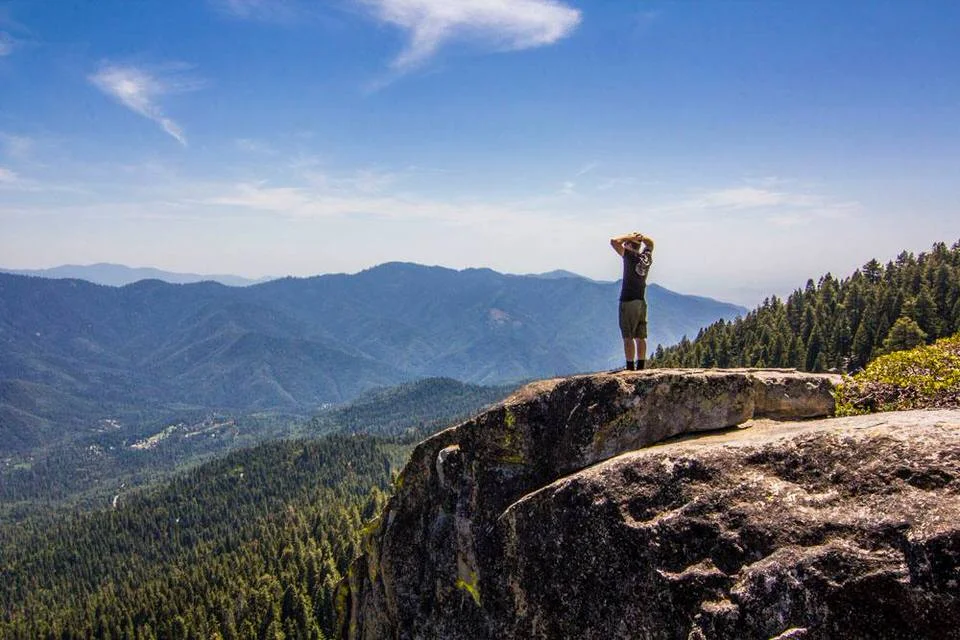
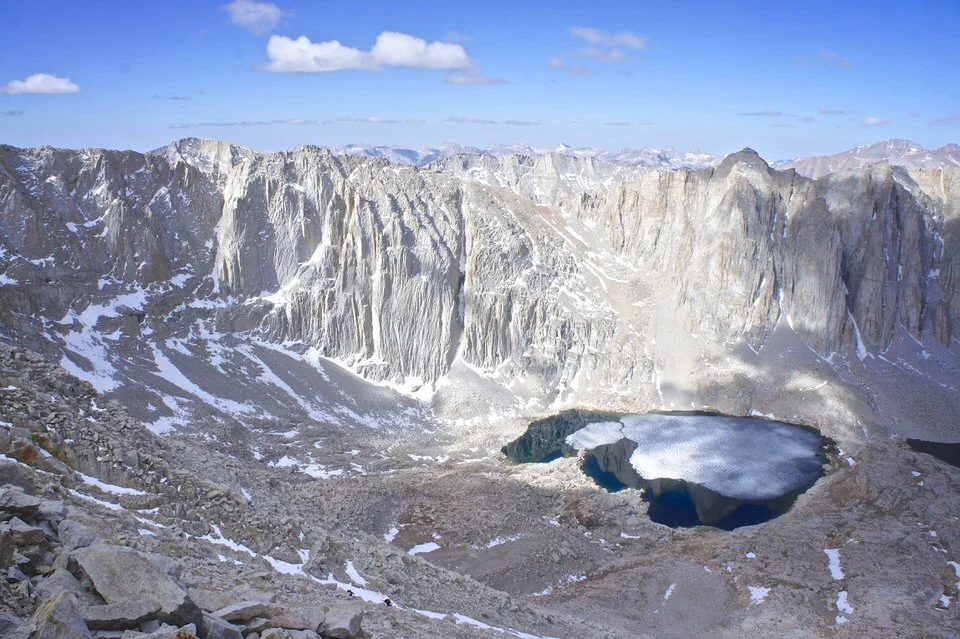
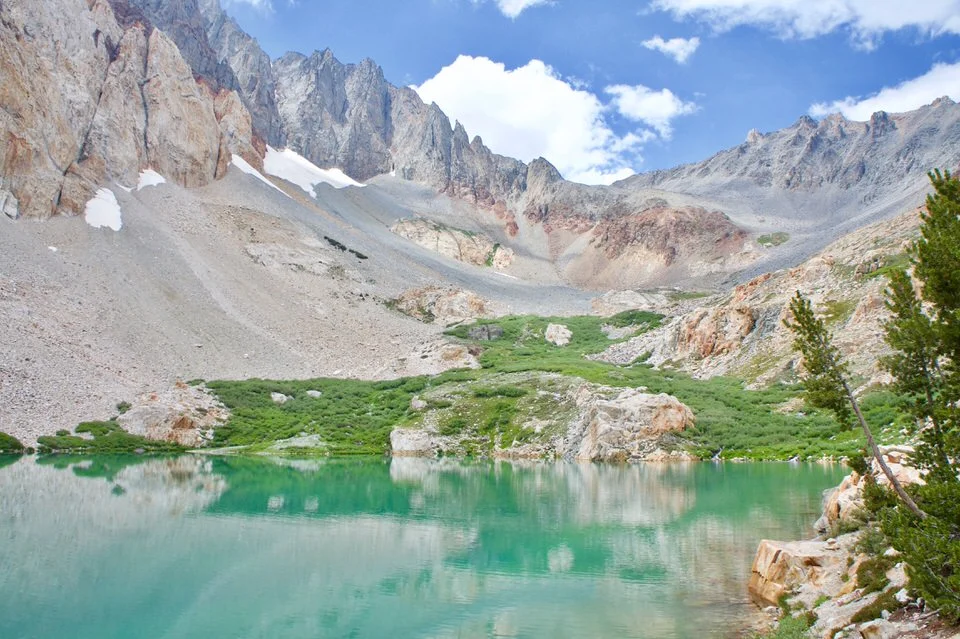
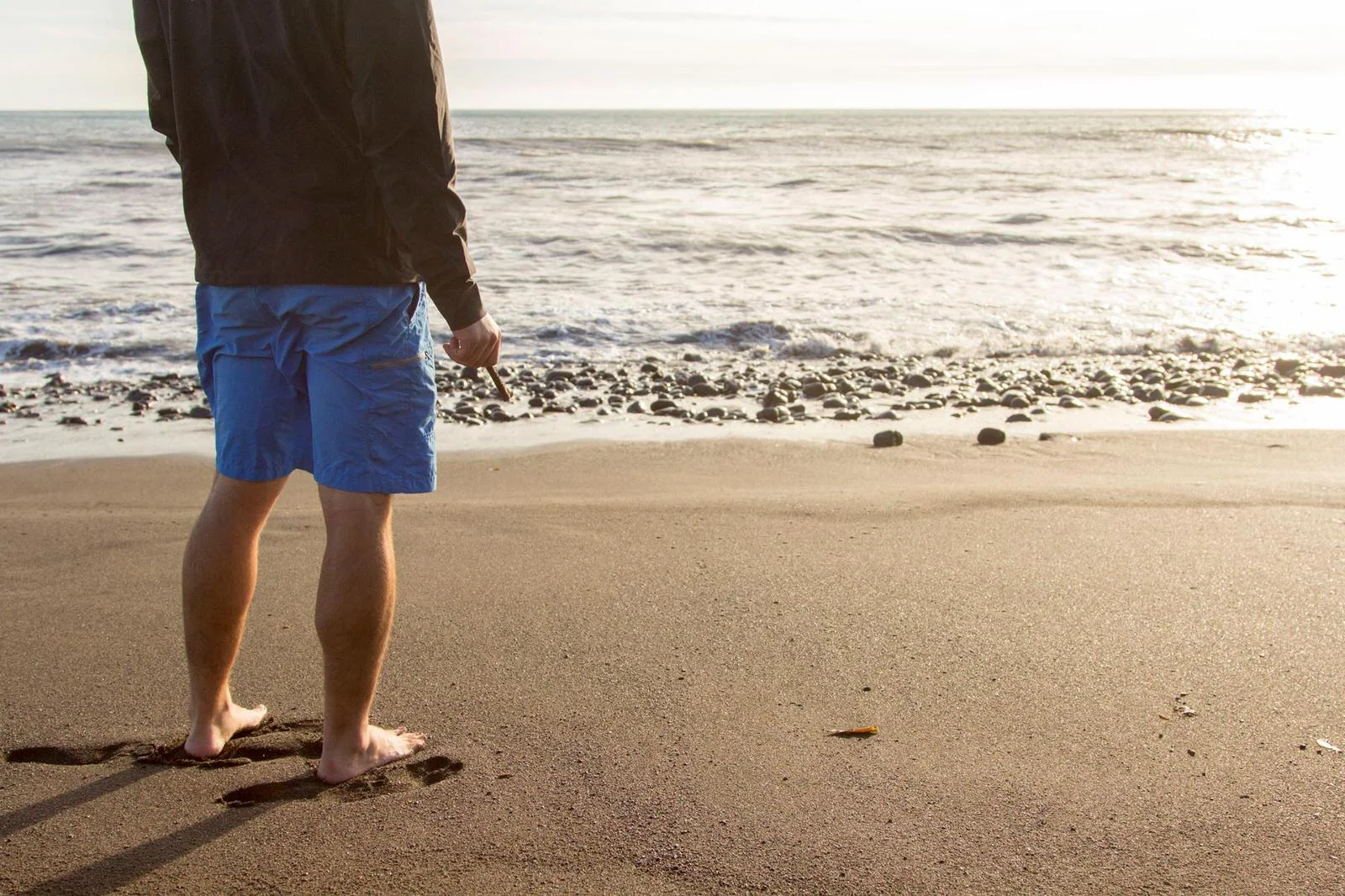

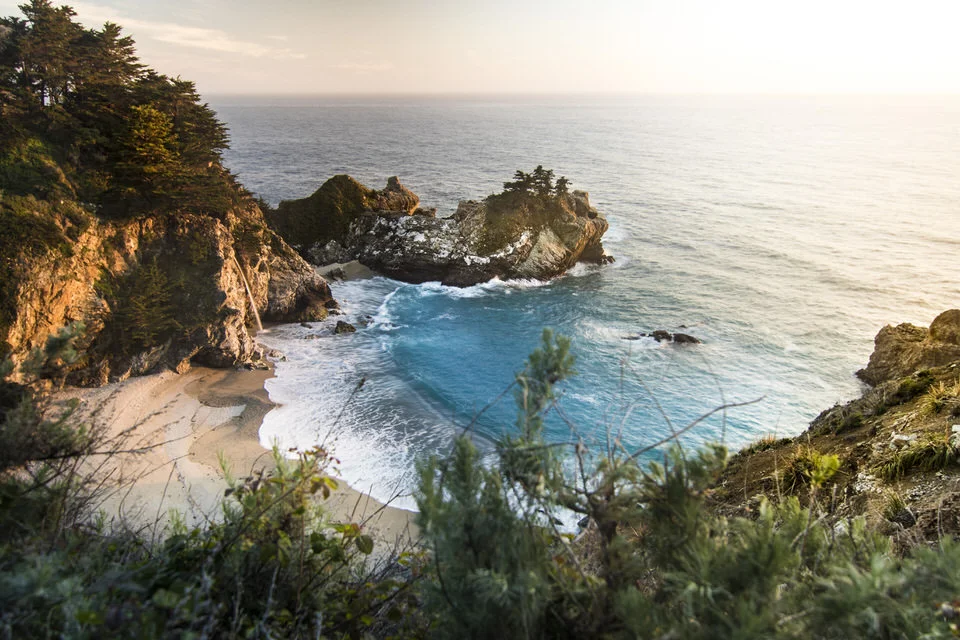

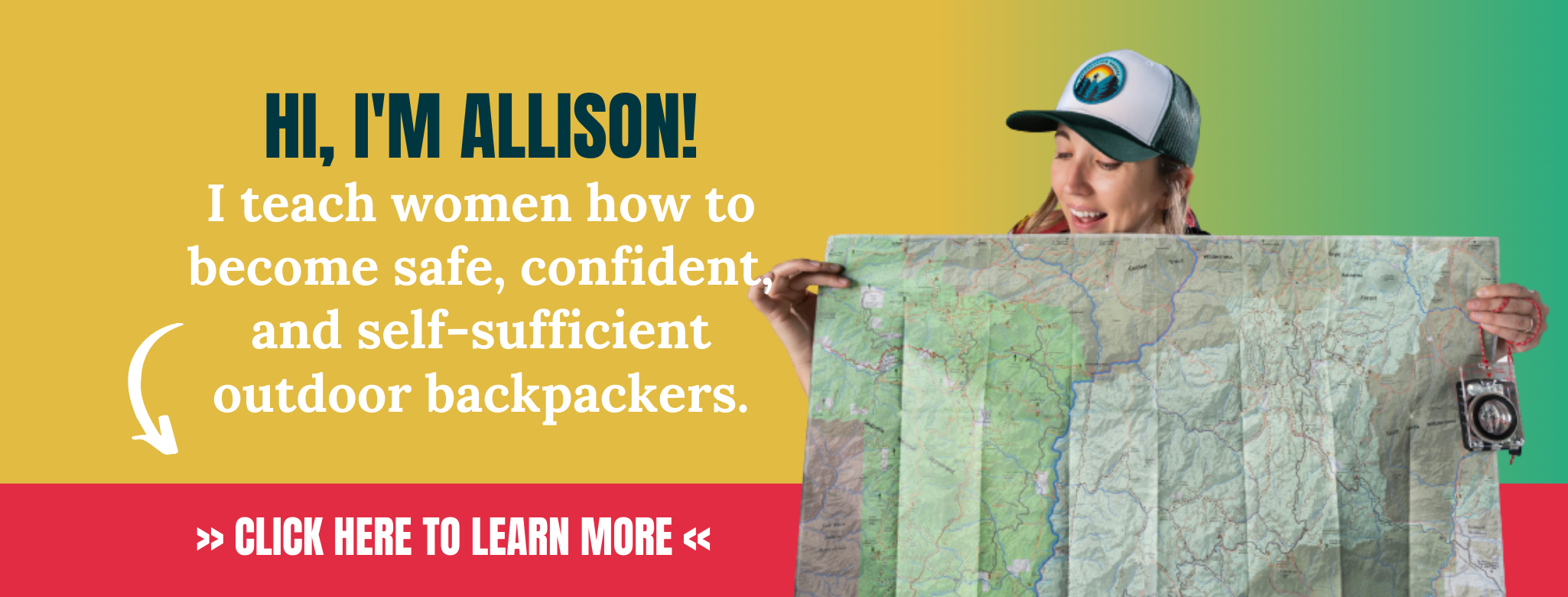

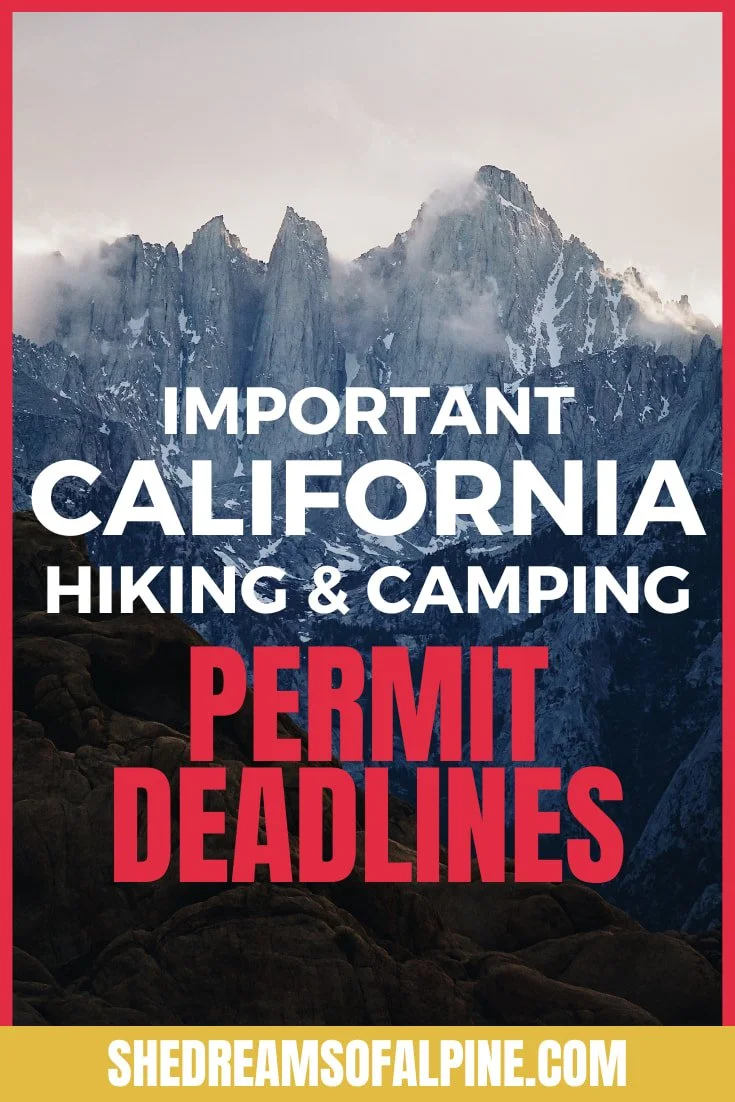
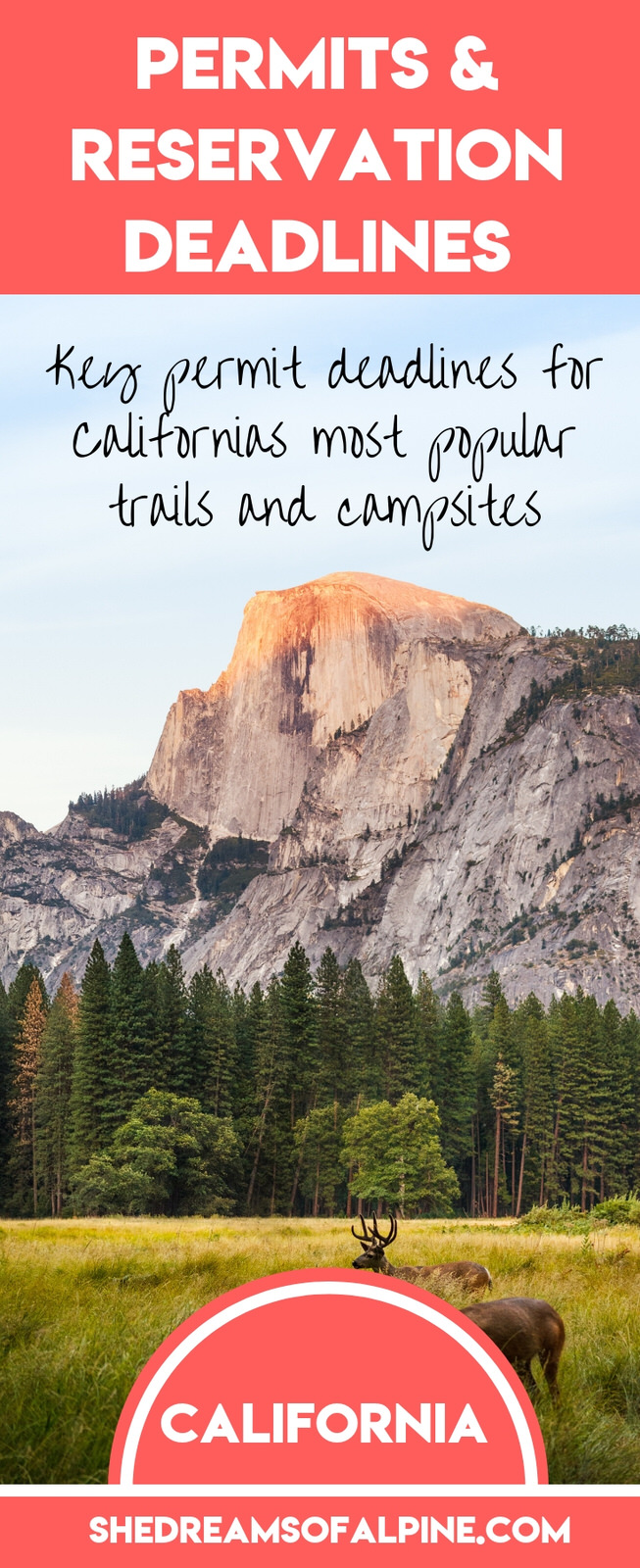
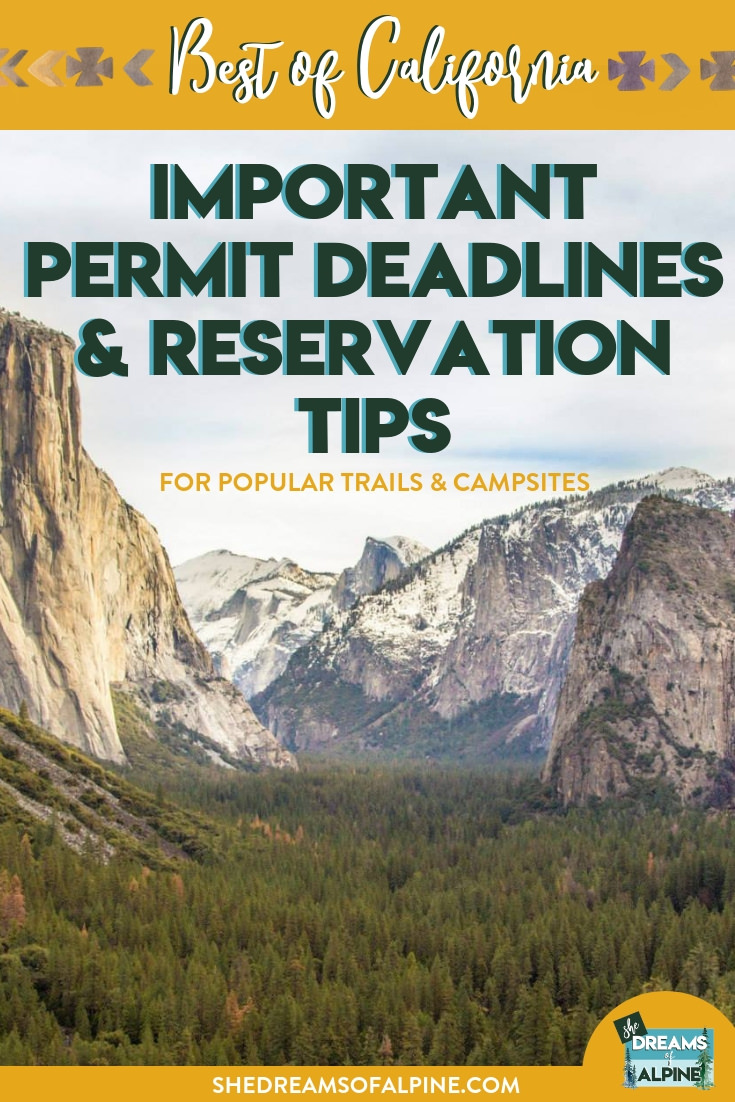
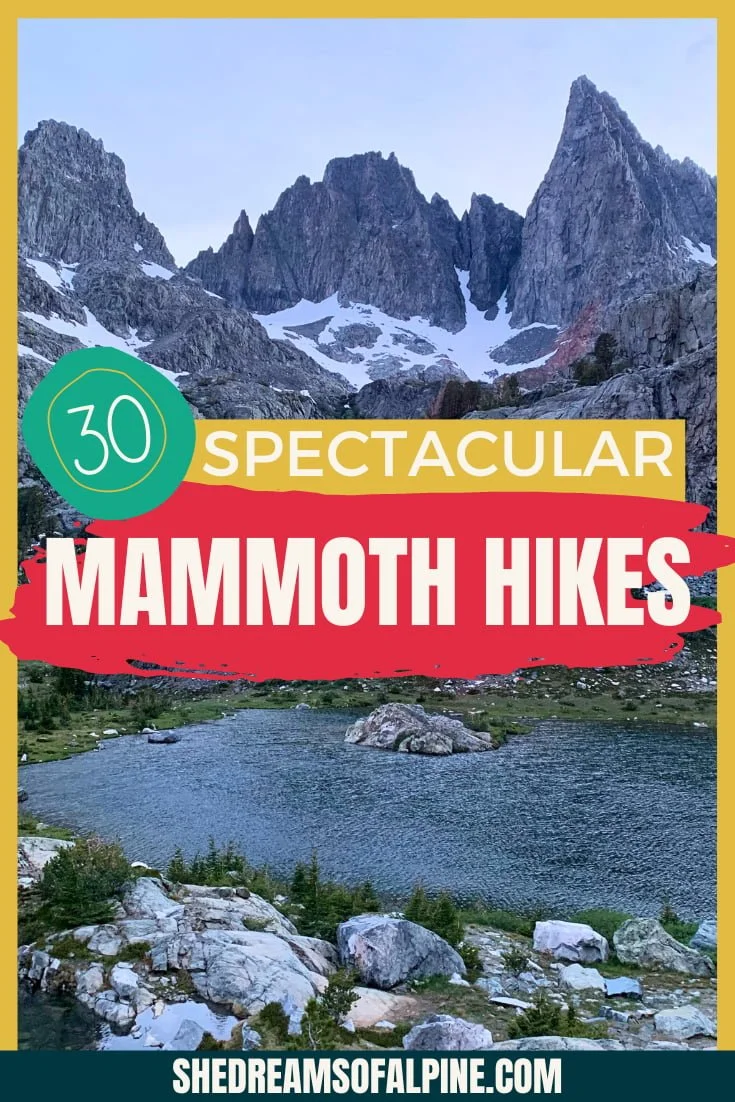
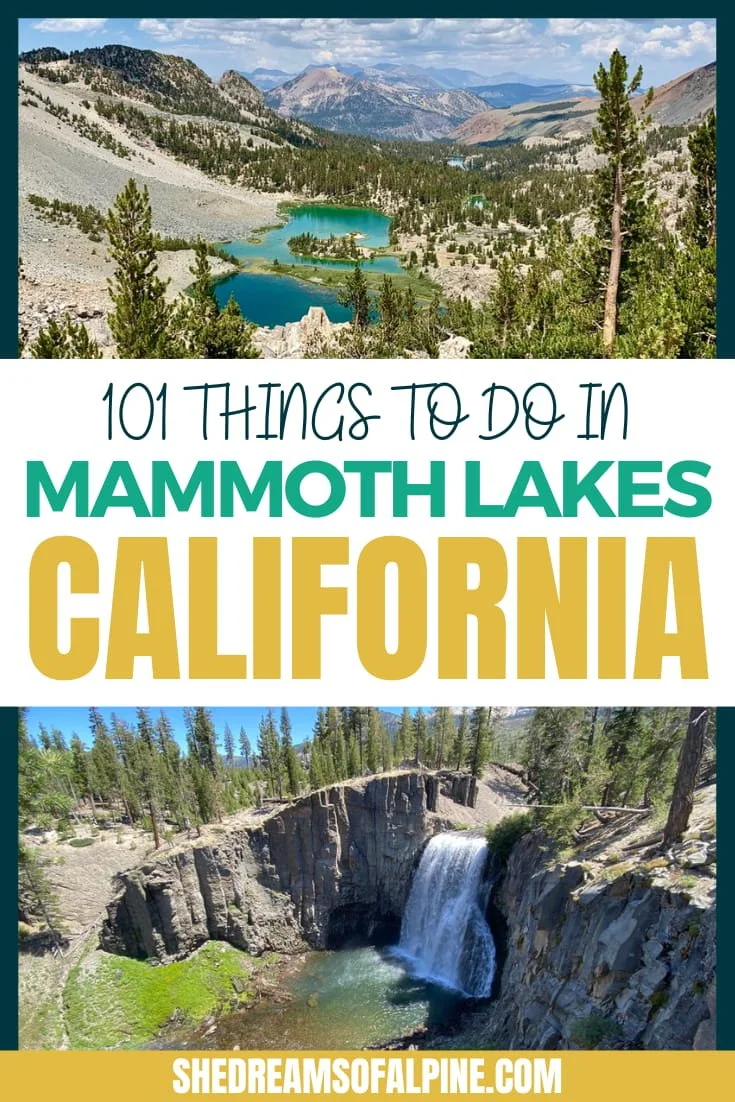



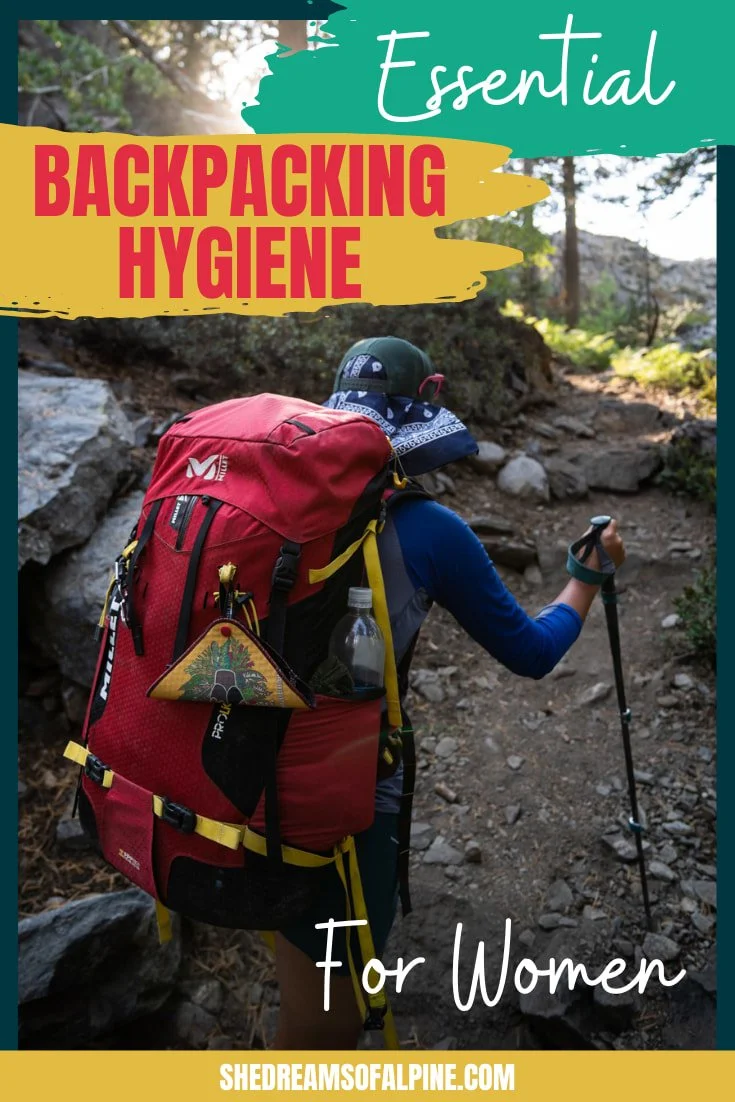

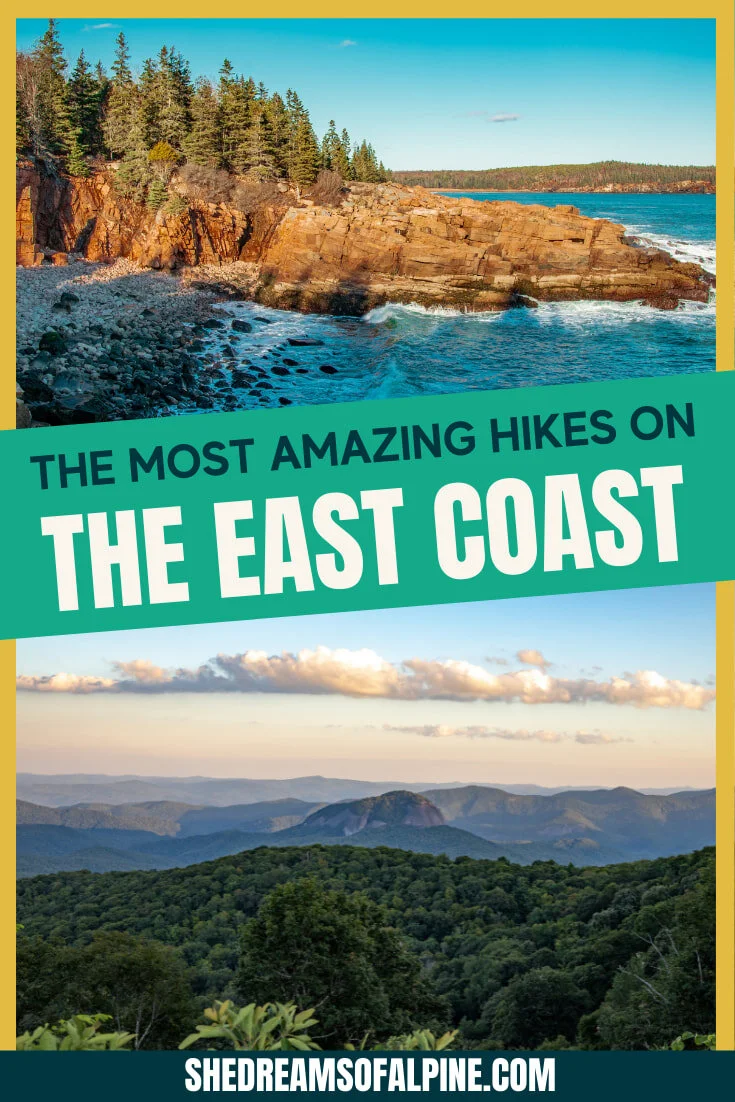
27 of the Absolute Best Hikes in Yosemite National Park to Put on Your Hiking Bucket List | Yosemite National Park is one of the most beautiful national parks in the entire United States, and one of the best ways to explore the park is via one the many amazing hiking trails. In this post, I’ve detailed 27 of Yosemite’s top hiking trails, ranging from difficult to easy, that give you epic views of Yosemite’s grand backcountry and some of Yosemite’s most famous landmarks. You’ll only fall more in love with Yosemite after going on one of these hikes! | shedreamsofalpine.com